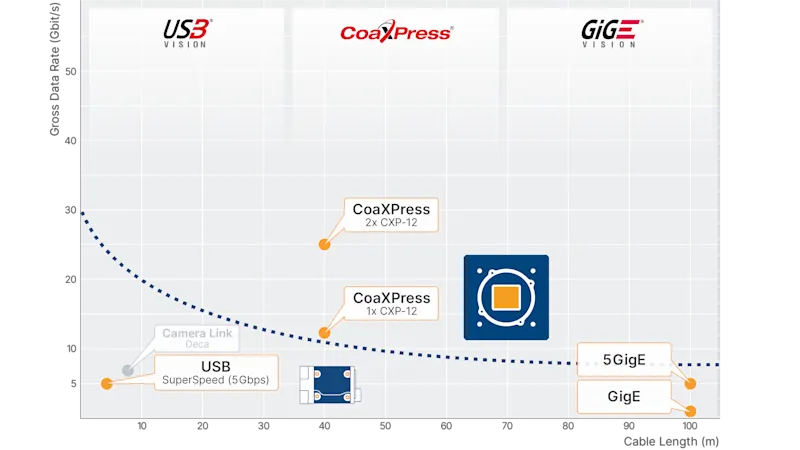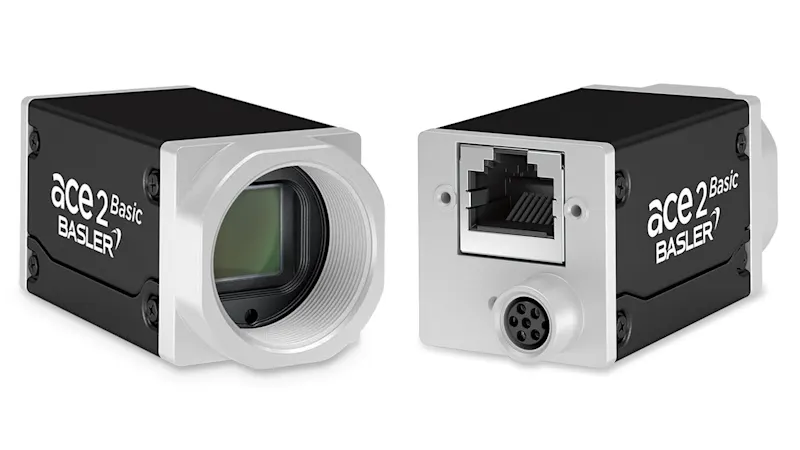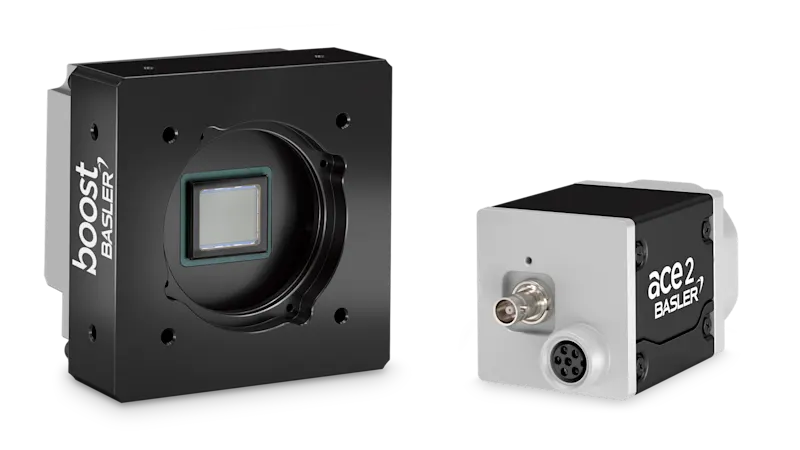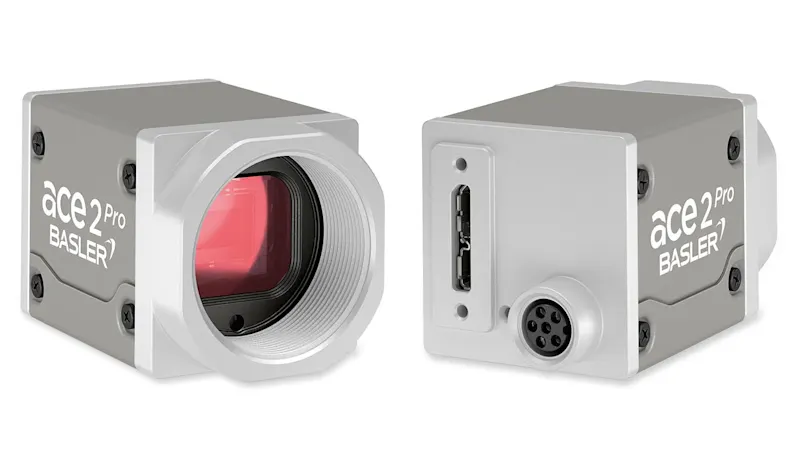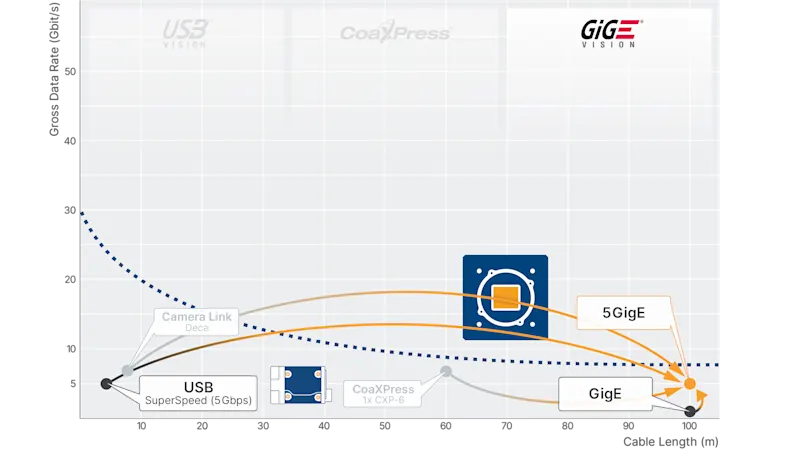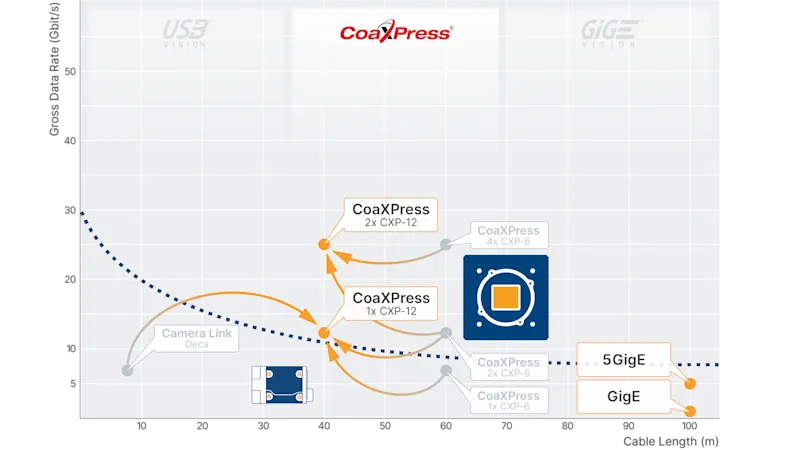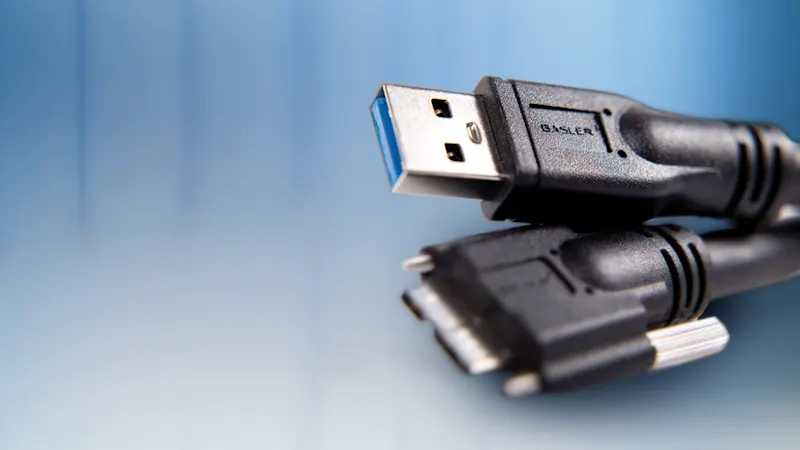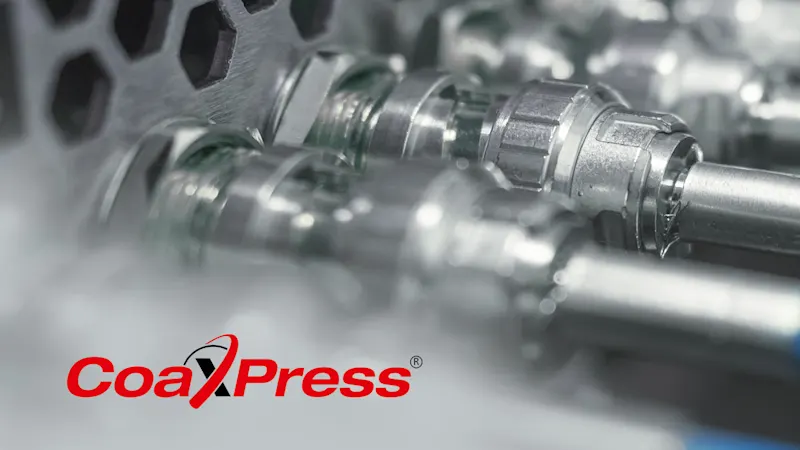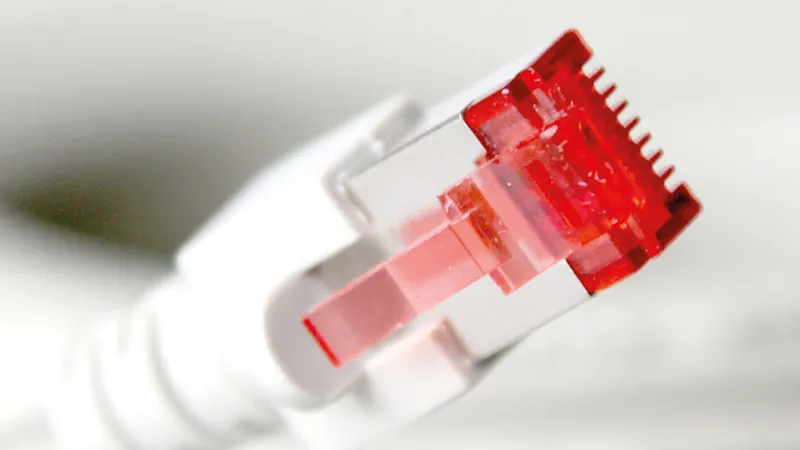Choosing the Right Industrial Camera Interface: A Comprehensive Comparison
Choosing the right interface ensures smooth data transfer and optimal vision system performance. Key factors like bandwidth, cable length, and camera count matter when choosing the best option. This guide compares GigE/5GigE, USB 3.0, and CXP-12 to help you understand their benefits and make informed decisions for upgrades and optimize your system.

CoaXPress 2.0 as an alternative to Camera Link
Camera Link and CoaXPress are used in applications that require high data rates or resolutions. However, upgrading to CoaXPress 2.0 brings higher performance and lower system costs. In our white paper, we cover the following topics, among others:
Camera Link and CoaXPress: two interfaces for high data rates
Detailed comparison of Camera Link and CoaXPress 2.0
What should be considered when upgrading?
What are camera interfaces in machine vision?
Camera interfaces bridge cameras and PCs, transferring image data from the sensor to the software for processing. Selecting the right interface balances performance, cost, and reliability based on factors like bandwidth, cable length, and multi-camera requirements. Modern standards like GigE Vision, USB3 Vision, Camera Link and CoaXPress ensure compatibility with standard-conformant components, while older technologies like FireWire and USB 2.0 are less suitable for today’s advanced systems.
Popular industrial camera interfaces
At Basler, we actively shape camera interface standards and routinely observes and assesses technological changes in the machine vision market. GigE Vision, USB 3.0 and CoaXPress serve well - today and in the future, in diverse industrial environments.
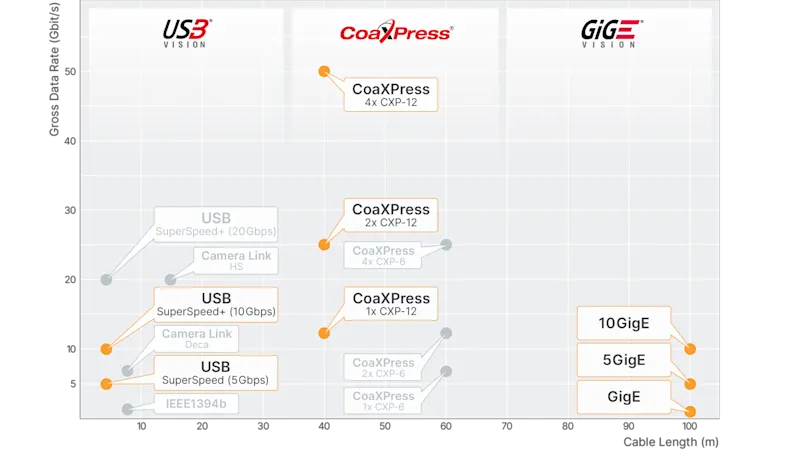
How to choose a camera interface: key criteria
Key features & benefits of major camera interfaces
Choose the right camera interface with Interface Advisor
Upgrade to next-gen camera interfaces
Transitioning to a newer camera interface generation offers significant benefits in performance, speed, and integration simplicity. Whether you’re moving from USB 3.0/GigE to 5GigE or from Camera Link/CXP-6 to CXP-12, each upgrade path is designed to enhance system capabilities while ensuring a smooth transition. The following guide explores the key reasons to upgrade, practical tips for implementation, and the advantages these interfaces bring to your next-generation vision systems.
Basler’s camera interface portfolio
Basler delivers reliable, high-performance industrial cameras paired with expertly tested vision components for versatile applications. Whether you’re optimizing current setups or planning for future advancements, our portfolio ensures seamless upgrades, scalability, and top-tier efficiency for your vision systems.
